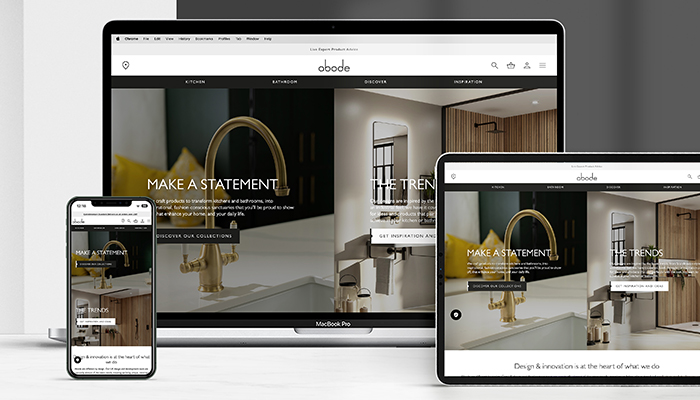If you've received a bad customer review on your website or social platforms, there's a way of turning it to your advantage – Katrina Bell explains.
Amazon has a review problem. Whispers emanating from the retail giant suggest it is flirting with using influencers and ‘experts’ to create review content. While around 82% of adult shoppers read the reviews according to Amazon, the buying public has a very low level of trust in their truthfulness – 1 in 5 actually believe what they read.
This is compounded by the fact that the search function has been utterly skewed away from the result you want, but towards the results canny sellers want you to see. How often have you searched for a specific brand only to be offered an entirely different one?
So as we watch Amazon’s credibility gap widen, it’s a perfect moment to embrace the idea that a mix of positive and negative reviews for a service or product is a goldmine for businesses like yours. There are 2 main reasons:
Firstly – people don’t trust universally positive feedback.
Us Brits are a cynical lot and countless studies have shown we have an inbuilt scepticism of purely 5-star reviews. The temptation to whitewash your socials or reviews on TrustPilot or Facebook, for instance, is strong but without genuine engagement, your visitors will believe they smell a rat and instinctively feel less reassured – not more.
Secondly – how your brand handles problematic comments or system process hiccups is reassuring to readers.
A Feefo report claims that 97% of all adults say they now read reviews before buying, and almost a third (32%) say they had actively shared negative feedback online after using a service or purchasing a product.
Navigating social media ‘unsolicited’ comments and reviews is an inevitable sideshow to your day-to-day snagging and customer service, and has the potential to persuade potential consumers that you take your mistakes seriously and work hard to resolve them. Transparency has a greater positive effect than the momentary negative noise on your public socials.
So what sort of feedback should you be actively seeking out?
The highest value reviews are still what are known as 'invite-only', i.e, those that you have prompted into being through email or similar communication following an interaction. These have the priceless distinction of being verifiable.
Once a consumer has accepted their role as reviewer, whatever you can do to help them provide imagery, context and most vitally, their bona fides, is the difference between a generic review and marketing dynamite.
This largely consumer-generated content also has the added value of being suitable for multiple channels such as your website, your socials and the media. We all love a 'before and after' story.
The key is to keep it straightforward. Don’t ask customers to jump through lots of hoops – in fact, make the process of leaving a review as simple-stupid as you can.


















